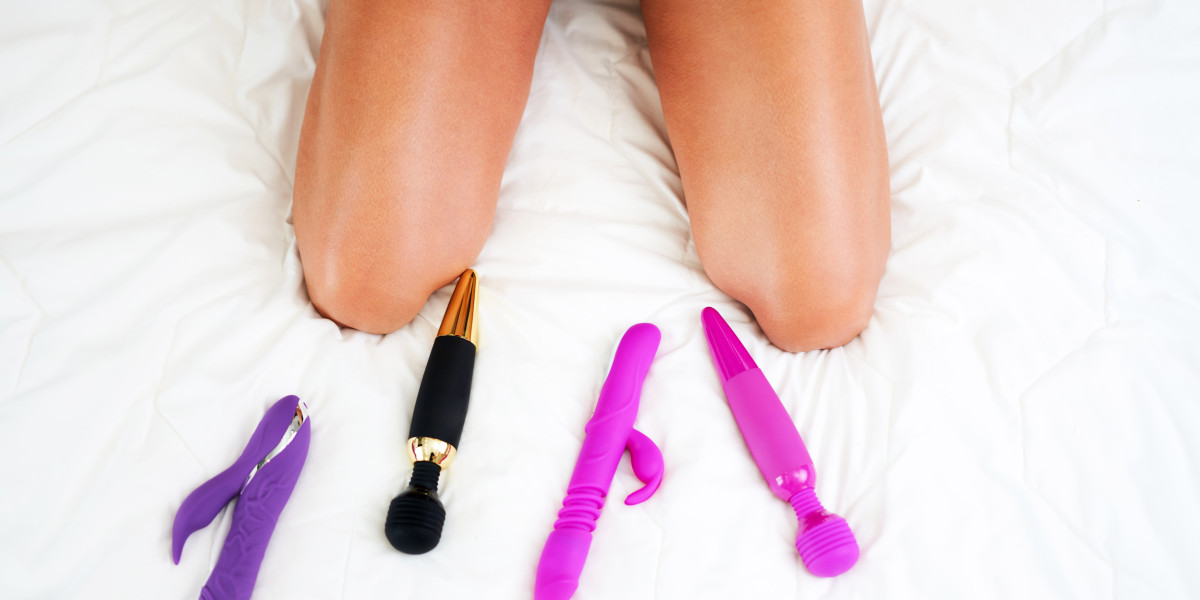
Understanding Prams and Pushchairs: A Comprehensive Guide
When going into the world of being a parent, one of the most essential decisions to make involves picking the ideal equipment for carrying a newborn or toddler. Among the top contenders for this function are prams and pushchairs. Both serve the basic function of assisting moms and dads and caregivers bring their children conveniently, but they have unique functions, advantages, and utilize cases that set them apart. This short article aims to explore prams and pram Double pushchairs in-depth, directing prospective buyers through their necessary differences, advantages, and features, and resolving frequently asked concerns.
What is a Pram?
A pram, short for "perambulator," is a type of car designed particularly for infants. It includes a fully reclining seat or bassinet, so a baby can lie flat while being transported. This is particularly essential for newborns whose spines are still establishing. Prams often have larger wheels, providing a smoother ride on numerous surfaces.
Key Features of Prams:
- Fully Reclining Seat: Allowing babies to lie flat.
- Bassinet Design: Some models feature a detachable bassinet.
- Spacious Interior: Adequate space for the kid to move easily.
- Robust Frame: Designed to be more stable, preferably fit for urban and backwoods.
Advantages of Prams:
- Comfort: Provide a cozy area for the baby.
- Flexibility: Many can be transformed to a pushchair shops as the child grows.
- Stability: Larger wheels and frames use greater stability, particularly on unequal surface.
What is a Pushchair?
A pushchair is a lightweight option often utilized for toddlers. Unlike prams, pushchairs generally feature a seat that can sit upright and may not offer a fully reclining option, making them ideal for older babies who can support their heads and necks. Most modern pushchairs included various functions tailored towards benefit for the moms and dad and convenience for the child.
Key Features of Pushchairs:
- Multi-position Seats: Can cater to sitting upright or reclining options.
- Lightweight Design: Easier to bring and steer.
- Foldable Framework: Often fold compactly for simple storage and transportation.
- Larger Storage Baskets: Convenient for bring baby fundamentals.
Benefits of Pushchairs:
- Lightweight and Portability: Easy to transfer and save.
- Steerability: Smaller wheels allow sharper turns.
- Ease of access: Easier access to older toddlers.
Key Differences Between Prams and Pushchairs
| Feature | pram pushchair | Pushchair |
|---|---|---|
| Age Recommendation | Newborn to 6 months | 6 months to 4 years |
| Seat Position | Fully reclined | Multi-position |
| Weight | Much heavier | Lightweight |
| Terrain Usage | Suitable for all terrains | Best for city/urban environments |
| Size | Larger, bulkier | Compact, simple to fold |
Choosing the Right Option for Your Needs
The choice to choose in between a pram and a pushchair mostly depends upon your specific way of life and your child's age. Here is a breakdown of considerations to assist narrow down the alternatives:
Considerations for Prams:
- If you reside in a backwoods with rough terrain, a durable pram might be more suitable.
- If you prepare to use it for long walks or outings, the comfort of a pram can be advantageous.
- Perfect for parents who want a model that will easily support a newborn.
Considerations for Pushchairs:
- If you require something lightweight for city living or public transportation, a pushchair might be a better fit.
- For moms and dads who desire a flexible option for toddlers with different position settings.
- If storage space is a concern, the compact nature of pushchairs provides a solution.
Common FAQs
1. Can you utilize a pushchair for a newborn?
While lots of modern pushchairs offer reclining seats that can be used for newborns, it's typically recommended to utilize a pram or a pushchair with a bassinet choice for appropriate assistance.
2. How long can you use a pram or a pushchair?
Prams are generally utilized for babies as much as 6 months, while pushchairs can be suitable for children as much as 4 years or more, depending upon the model.
3. Are prams more expensive than pushchairs?
Prams are frequently costlier due to their style, flexibility, and products. However, costs can vary widely depending on brand, features, and age suggestions.
4. Is it essential to have both a pram and a pushchair?
Not necessarily. Lots of parents choose a 2-in-1 system that integrates both functions, enabling them to adjust as their kid grows.

5. What should I prioritize in picking one?
Focus on security functions, comfort, weight, size, and how well it fits into your way of life. Read reviews, and test drive different models when possible.
Selecting between a pram and a pushchair is a vital choice for new parents and caregivers. Both choices have distinct features that accommodate various age varieties and way of lives. By understanding these vital distinctions, advantages, and recommendations, moms and dads can make a more educated choice that satisfies their family's needs. Whether embarking on a leisurely stroll in the park or browsing the hustle and bustle of city streets, the right pram or pushchair can enhance the experience, offering security and convenience for both the kid and the caregiver.







